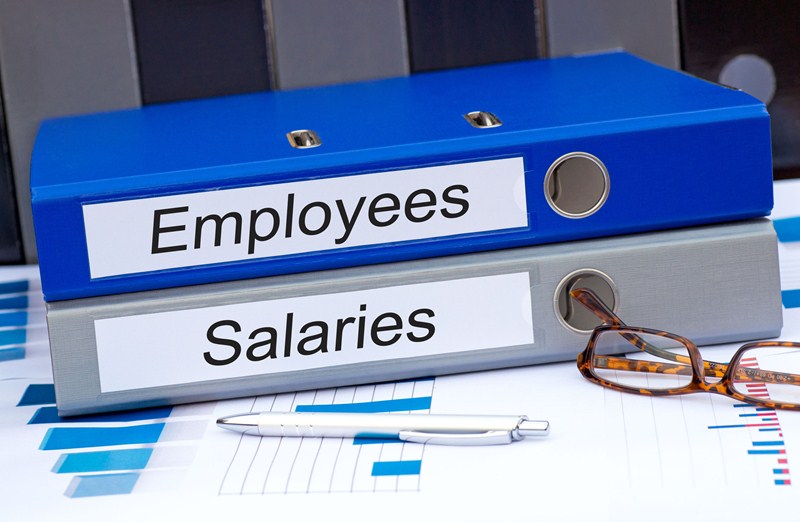The tax treatment of termination payments has changed significantly over recent years. The changes have aligned the rules for tax and secondary National Insurance contributions (employer (NICs)) by making an employer liable to pay NICs on termination payments they make to their employees.
HMRC has announced that it is aligning its approach to providing advance assurance on certain termination payment enquiries.
HMRC guidance had previously committed HMRC to giving a binding answer if you made enquiries on termination cases involving:
- the disability and injury compensation exception;
- the foreign service exception;
- how the £30,000 threshold applies to payments made by the third party and by the employer; and
- non-cash provisions.
HMRC will no longer give a binding answer on these cases outside the normal Non-Statutory Clearance process, for example, where there is a genuine point of uncertainty on the correct treatment.
This means that any future enquiries from taxpayers and employers on termination payments should be dealt with through the existing Non-Statutory Clearance procedure. HMRC will no longer provide clearance outside of the Non-Statutory Clearance route.












